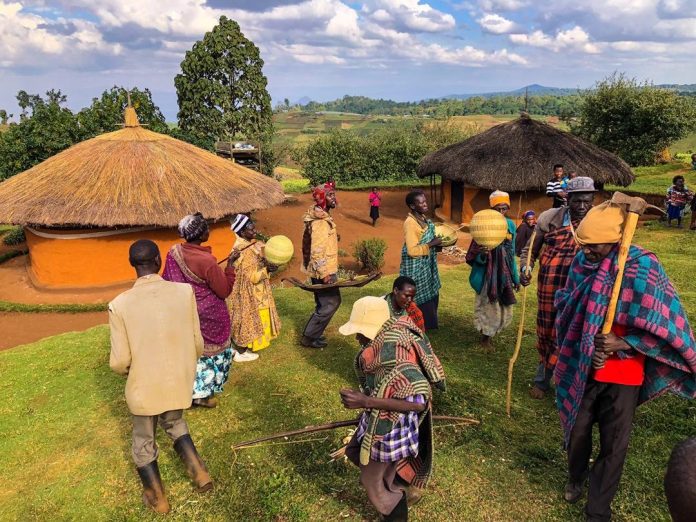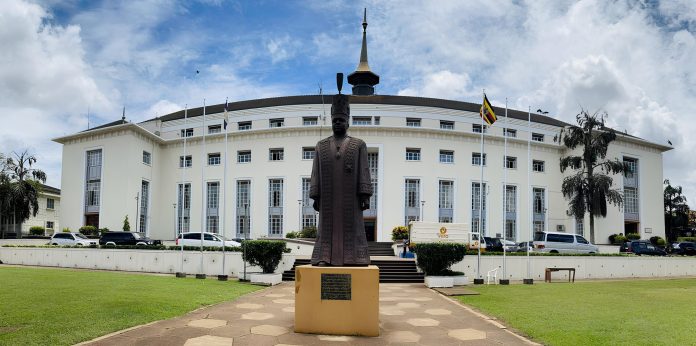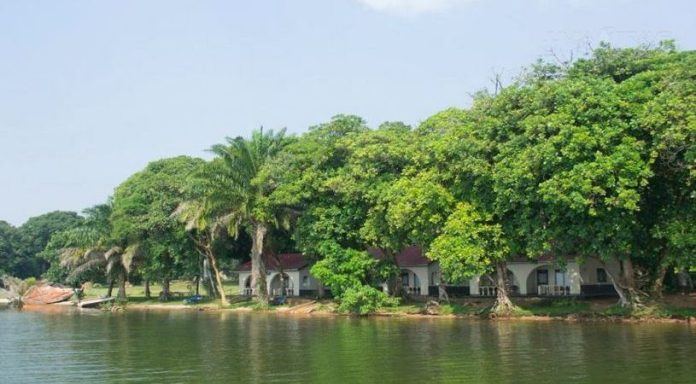Ngogo chimpanzee project in Uganda
The Ngogo Chimpanzee Project is found in Kibale National Park in Uganda and stands as a beacon of dedication to studying and protecting the Ngogo chimpanzee community. The project was founded in 1995 by David Watts of Yale University and John Mitani from the University of Michigan and has been a hub of scientific inquiry and conservation efforts aimed...
Gorilla Permit Booking in Uganda
A gorilla permit is a crucial document issued by government authorities, such as the Uganda Wildlife Authority and the Rwanda Development Board, that enables tourists aged about 15 years and above to trek mountain gorillas in designated habitats. These habitats include Bwindi Impenetrable and Mgahinga in Uganda, as well as Volcanoes in Rwanda and Virunga National Parks in Congo.
The...
The Sebei (Sabiny) culture
The Sebei, also known as the Sabinyi, are a Southern Nilotic ethnic group found across various countries in East Africa, including Eastern Uganda, Western Kenya, the Democratic Republic of Congo, South Sudan, Ethiopia, and Tanzania. In Uganda, they primarily inhabit three districts for instance; Kapchorwa, Bukwo, and Kween.
Within the Sebei community, there are three distinct but closely related tribes...
Dolwe Island rock art in Uganda
Dolwe Island rock art, also known as Lolwe or Lolui Island, is situated in the eastern part of Uganda, in the northeastern region of Lake Victoria within the Busoga region, specifically in Namayingo district. Covering an area of 25 square kilometers, this island has been in existence for approximately 300-500 years.
The landscape of Dolwe Island is characterized by granite...
Pearl of Africa Tourism Expo 2024
The Pearl of Africa Tourism Expo (POATE) was launched by Uganda Tourism Board (UTB) in 2017. Over the years, POATE has become a major travel trade show in East Africa for business to business (B2B) and business to consumer (B2C). The 8th edition of POATE is scheduled to start on 23rd and end on 25th May at the Speke...
Buganda Kingdom in Uganda
The Buganda kingdom is the largest of Uganda's traditional, medieval, and subnational kingdoms. It was established in the late 14th century along the shores of Lake Victoria and grew to become an important and powerful state during the 19th century. Geographically, the Buganda kingdom is surrounded by Lake Victoria to the south, the River Nile to the east, Lake...
Ssese islands (Archipelago) in Uganda
Situated in the northwest of Lake Victoria, the Ssese Islands consist of 84 individual islands. Some of these islands are large and have a dense population, while others are small and uninhabited. These Ssese islands are lushly forested due to the annual rainfall exceeding 2000mm. The largest island in the Ssese group is Buggala, which accounts for more than...
Abayudaya community (Jewish) in Uganda
The Abayudaya community is found in the outskirts of Mbale at Nabugoye Hill which emerges as the sacred site of the Moses Synagogue, a spiritual home for a small and secluded community of Ugandan Jews. While the Abayudaya have yet to receive formal acceptance as Jews, there is a growing anticipation that this might change in the years to...
NIRA and DCIC to be incorporated under Ministry of Internal affairs
The National Identification and Registration Authority (NIRA) is facing a wave of unease amid reports suggesting a covert move to merge the organization with the Directorate of Citizenship and Immigration Control (DCIC). If implemented, this merger would birth a new entity termed the National Citizenship and Registration Services.
The alarm was sounded after revelations that a group of high-ranking officials...
The smallest church in the World
Bethel chapel is nestled on Biku Hill 18 km drive from Nebbi Town in Uganda and recognized as the world's smallest church. It was discovered by two UN officials, Solomon Oleny and Miburu, during their mission. This petite architectural marvel holds pride in Uganda's heritage.
The church was constructed in 1996 and named after retired Ugandan Arch-Bishop Orombi Henry Luke...
















